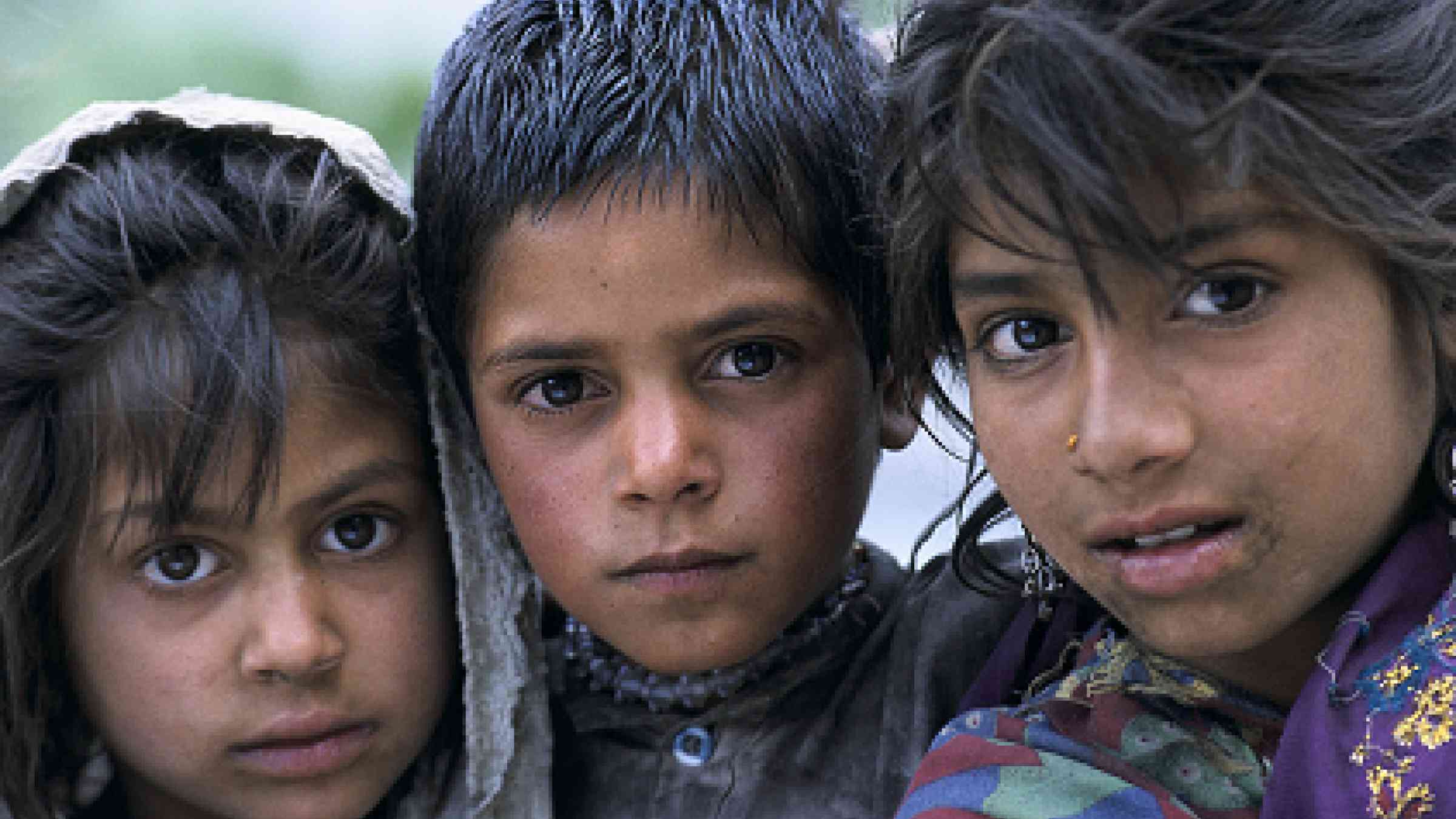UN SG: Disasters Driving Poverty

Geneva, 10 October 2017 - A new report by UN Secretary-General, Mr. António Guterres, on the Implementation of the Sendai Framework for Disaster Risk Reduction warns that annual average loss from disasters in less developed countries is accounting for more than 20 per cent equivalent of social expenditure.
The report (A/72/259), introduced yesterday by Special Representative of the Secretary-General for Disaster Risk Reduction, Mr. Robert Glasser, to the UN General Assembly’s Second Committee (Economic and Financial), also drew attention to rapidly rising disaster-related costs spurred by failure to include risk in economic investments and because of climate change. Over the past two decades 1.35 million lives and $2.5 trillion have been lost to disasters, the report stated.
Mr. Glasser said the vast majority of major disasters are climate related and those events -- floods, drought and storms --have doubled over the last 4 decades. In that light he highlighted the Secretary General’s visit to the Caribbean last weekend where Mr. Guterres saw first-hand, the destruction caused by Hurricanes Harvey, Irma and Maria.
According to the report, by 2050, urban populations exposed to hurricanes will increase from 310 million today to 680 million. Urban assets vulnerable to sea level rise and flooding could reach $35 trillion by 2070 – 10 times more than the current levels.
Mr. Glasser said that “in the light of this disturbing picture it is apparent that delivering on the promise of the 2030 Agenda will only be possible if we cut greenhouse gases as rapidly as possible in line with the Paris Agreement and reduce climate and disaster risk in accordance with the ambitious global targets agreed by Member States in the Sendai Framework for Disaster Risk Reduction.”
The report stated that the Sendai Framework Monitor, a management tool that will systematically track progress against the indicators on disaster losses for the seven global targets of the Sendai Framework, will be launched on-line early in 2018.
The first report on data captured by the Sendai Framework Monitor will be presented to the High-level Political Forum on Sustainable Development (HLPF), in 2019, with annual reports thereafter. This tool will guide countries toward developing national and local disaster risk reduction strategies by 2020 and provide data for the public and private sector to make risk-informed investment decisions, in the wider context of the Sustainable Development Goals (SDGs).
The report also praised the 2017 Global Platform for Disaster Risk Reduction (Cancun Mexico 22-26 May) for reflecting the inclusive, participatory and innovative spirit of the 2030 Agenda, and for identifying solutions and building consensus on the way forward to reduce disaster risk.
Mr. Glasser referenced the United Nations Plan of Action on Disaster Risk Reduction for Resilience, which has been endorsed by the Chief Executives Board for Coordination (CEB) and is now being implemented. The Plan of Action is a direct response to calls by Member States for enhanced coherence and efficient and effective use of resources.
Responding to the Secretary-General’s report, the Group of 77 developing countries and China called for a more people-centred preventive approach to disaster risk by promoting inclusive multi-hazard and multisectoral practices.
The Caribbean Community emphasized the need to identify small island developing States as particularly vulnerable to climate change and “special cases” for sustainable development.
The Group of Pacific Small Island Developing States underscored that access to financing for development was still a challenge to small island developing States, and called for funding criteria that reflected emerging vulnerabilities.
The Group of Least Developed Countries, stressed the importance of development partners putting the Green Climate Fund into play.
The Secretary-General's report comes ahead of the International Day for Disaster Reduction on Friday, October 13. The 2017 edition ‘Home Safe Home’, continues as part of the "Sendai Seven" campaign, centred on the seven targets of the Sendai Framework. This year the focus is on Target B, of which the aim is to reduce the number of people affected by disasters by 2030.